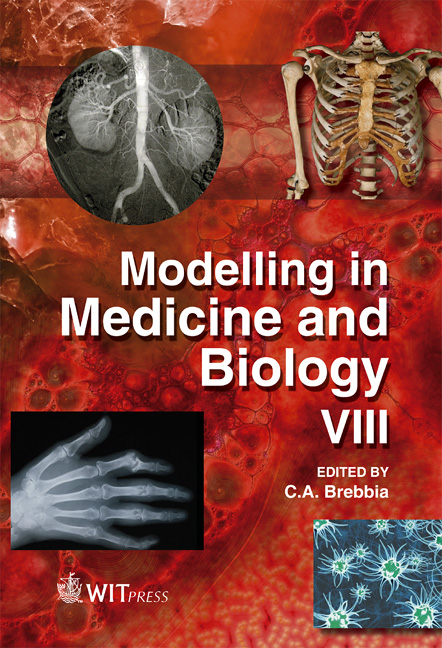Biomechanical Consideration For Dorsal-lumbar And Lumbar Sagittal Spine Disorders
Price
Free (open access)
Transaction
Volume
13
Pages
10
Page Range
149 - 158
Published
2009
Size
3,194 kb
Paper DOI
10.2495/BIO090141
Copyright
WIT Press
Author(s)
C. Bignardi, A. Ramieri & G. Costanzo
Abstract
Lower back pain is one of the most important socioeconomic diseases and one of the most important health care issues today. On average, 50-90% of the adult population suffers from lower back pain and lifetime prevalence of lower back pain is 65-80%. The causes of lower back pain often remain unclear and may vary from patient to patient. It is estimated that 75% of such cases are associated disorders of the rachis mean back (kyphosis) or front (lordosis) pathological deviations, irreducible in various measures, resulting from structural diskligament and vertebral alterations of various etiologies. Three numerical models of the dorsal-lumbar spine, respectively a physiological model, a ipolordotic model and a kyphotic model, have been realized considering bone, disks and ligaments with their specific mechanical characteristics. For the load and boundary conditions chosen, joint facets and intervertebral disk stresses and disk bulge have been compared for the three spine situations. When it has been possible, the obtained results have been validated with data available in literature regarding both experimental and computational studies. In conclusion it can be assumed that dorsal-lumbar and lumbar sagittal spine disorders can determine premature disks and joints alterations. In particular, it seems that dorsal-lumbar kyphosis, more than lumbar ipolordosis, can expose joint facets and disks to non physiological loads. In addition, if the genetic role of disk degeneration is acknowledged, it is probable that the correction, at a precocious age, of sagittal spine imbalance, can prevent or slacken the disk-joint lumbar-sacral degenerative phenomena. The obtained results agree with the clinical experience. Keywords: spine sagittal disorders, biomechanics, FEM.
Keywords
pine sagittal disorders, biomechanics, FEM.





